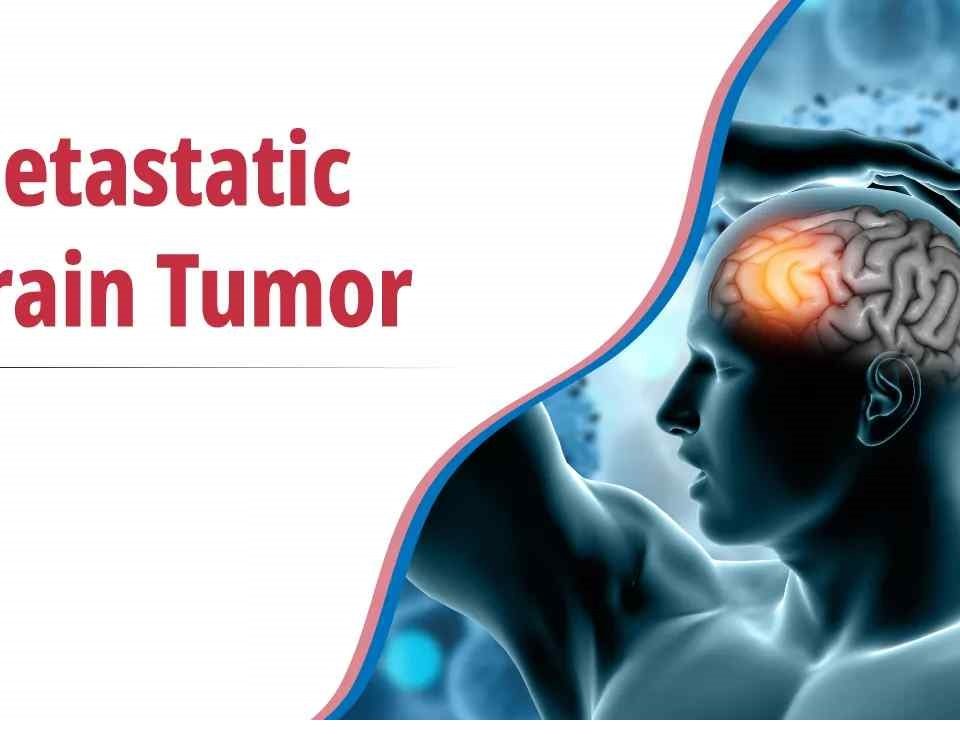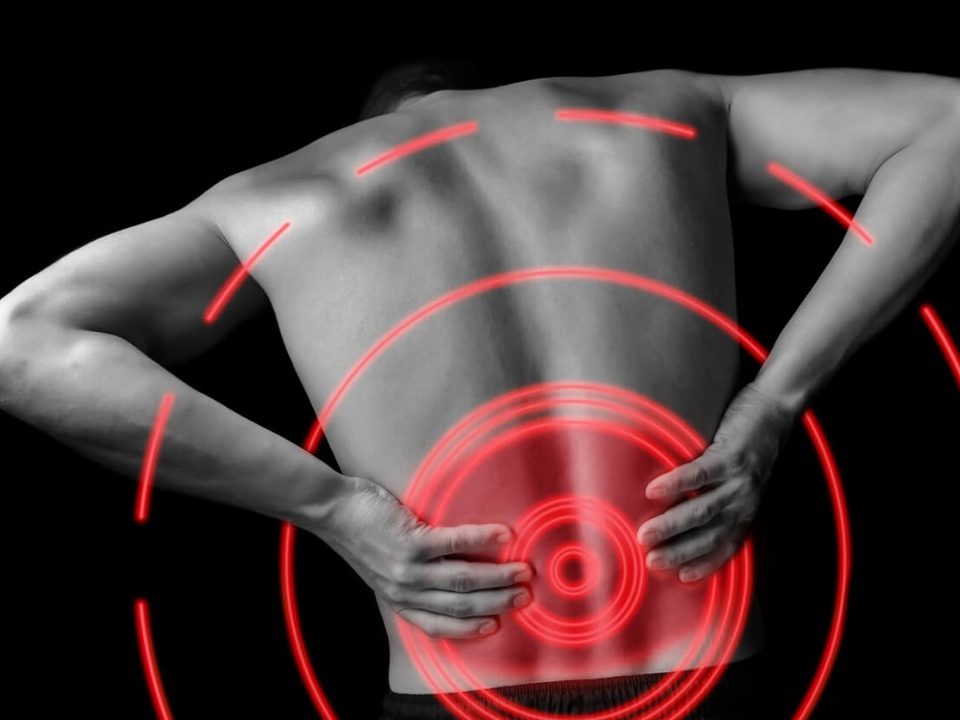The spine, or backbone, is made up of small bones (vertebrae) stacked — along with discs — one on top of another. A healthy spine when viewed from the side has gentle curves to it. The curves help the spine absorb stress from body movement and gravity.
When viewed from the back, the spine should run straight down the middle of the back. When abnormalities of the spine occur, the natural curvatures of the spine are misaligned or exaggerated in certain areas, as occurs with lordosis, kyphosis, and scoliosis.
What are the types of spine curvature disorders?
There are three main types of spine curvature disorders, including:
- Also called swayback, the spine of a person with lordosis curves significantly inward at the lower back.
- Kyphosis is characterized by an abnormally rounded upper back (more than 50 degrees of curvature).
- A person with scoliosis has a sideways curve to their spine. The curve is often S-shaped or C-shaped.
The following conditions can cause lordosis:
- A disorder in which bones do not grow normally, resulting in the short stature associated with dwarfism
- A condition in which vertebrae, usually in the lower back, slips forward
- Osteoporosis, a condition in which vertebrae become fragile and can be easily broken (compression fractures)
- Obesity, or being extremely overweight
- A condition marked by an abnormally rounded upper back
- Inflammation of the disc space between the bones of the spine most often caused by infection
- Benign (harmless) juvenile lordosis
The following conditions can cause kyphosis:
- Abnormal vertebrae development in utero (congenital kyphosis)
- Poor posture or slouching (postural kyphosis)
- Scheuermann’s disease, a condition that causes vertebrae to be misshaped (Scheuermann’s kyphosis)
- Arthritis
- Osteoporosis
- Spina bifida, a birth defect in which the spinal column of the fetus does not close completely during development inside the womb
- Spine infections
- Spine tumors
Doctors do not know what causes the most common type of scoliosis seen in adolescents. However, doctors do know that scoliosis tends to run in families. A disease, injury, infection, or birth defect also may be to blame.
Symptoms vary depending on the type of spine curvature disorder and the severity of the condition.
Symptoms of lordosis may include:
- Appearing swayback, with the buttocks being more pronounced
- Having a large gap between the lower back and the floor when lying on your back on a hard surface that does not change when you bend forward
- Back pain and discomfort
- Problems moving certain ways
Symptoms of kyphosis are usually visible in nature and include:
- Bending forward of the head compared to the rest of the body
- Hump or curve to the upper back
- Fatigue in back or legs
Symptoms of scoliosis may include having:
- Uneven shoulder blades with one being higher than the other
- An uneven waist or hip
- Leaning toward one side
Treatment for lordosis may include:
- Medication to relieve pain and swelling
- Exercise and physical therapy to increase muscle strength and flexibility
- Wearing a back brace
- Weight loss
- Surgery
Treatment for kyphosis may include:
- Exercise and anti-inflammatory medication to ease pain or discomfort
- Wearing a back brace
- Surgery to correct severe spine curvature and congenital kyphosis
- Exercises and physical therapy to increase muscle strength
Treatment for scoliosis may include:
- Observation. If there is a slight curve your doctor may choose to check your back every four to six months to see if the curve gets worse.
- Depending on the degree of the curve, a back brace is sometimes prescribed for kids and adolescents who are still growing. Bracing can help prevent the curve from getting worse.
- If the curve is severe and is getting worse, surgery is sometimes needed.
- Body casting. A cast is placed from the shoulders to the lower trunk while the child is under anesthesia. It is replaced every few months for up to 3 years. This is usually reserved for young children when a scoliosis curve looks like it will get worse as they grow.
Reference:
https://www.webmd.com/back-pain/guide/types-of-spine-curvature-disorders#1


